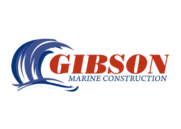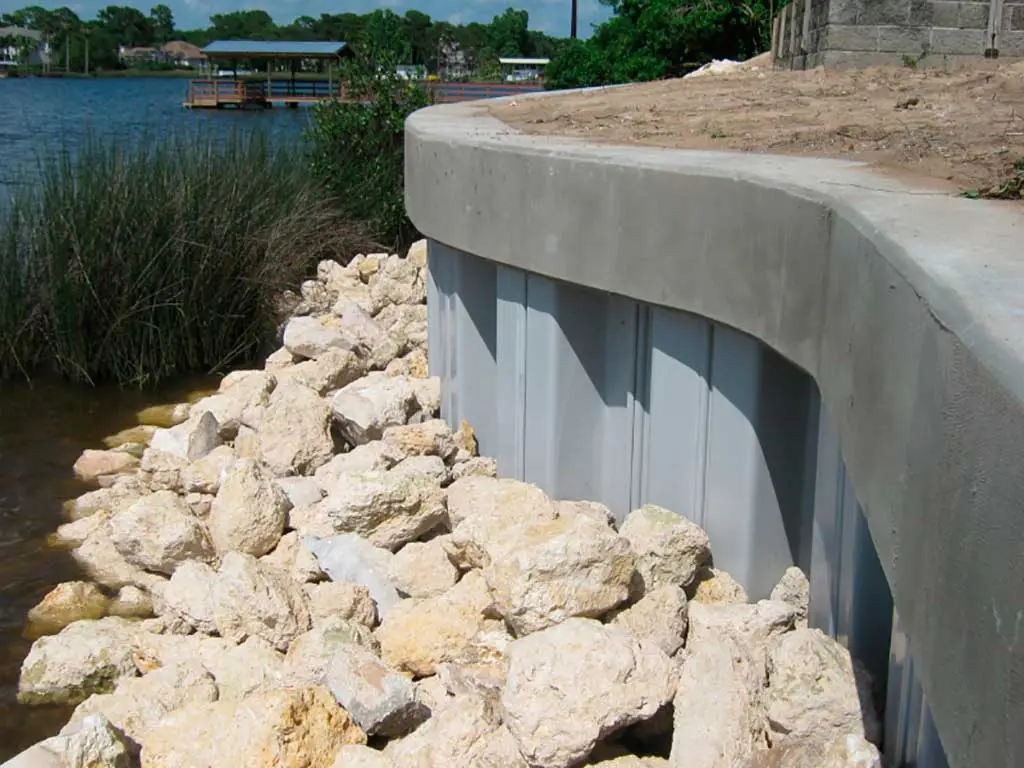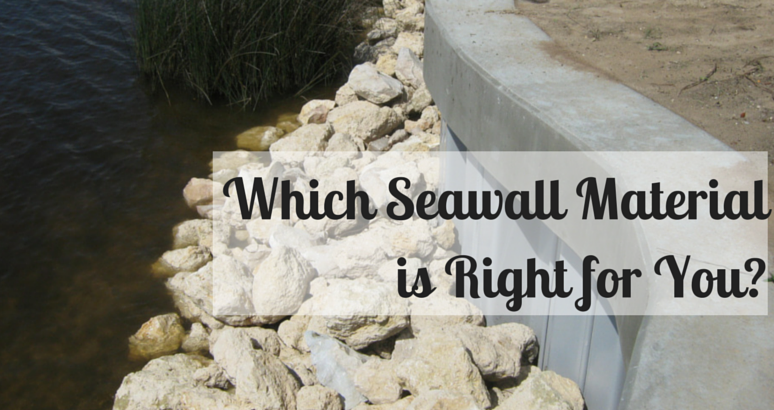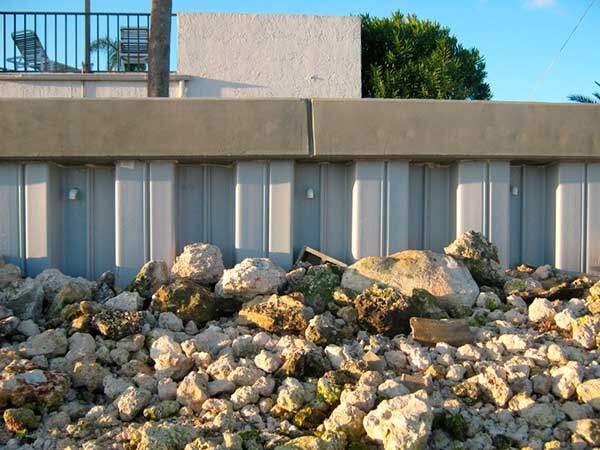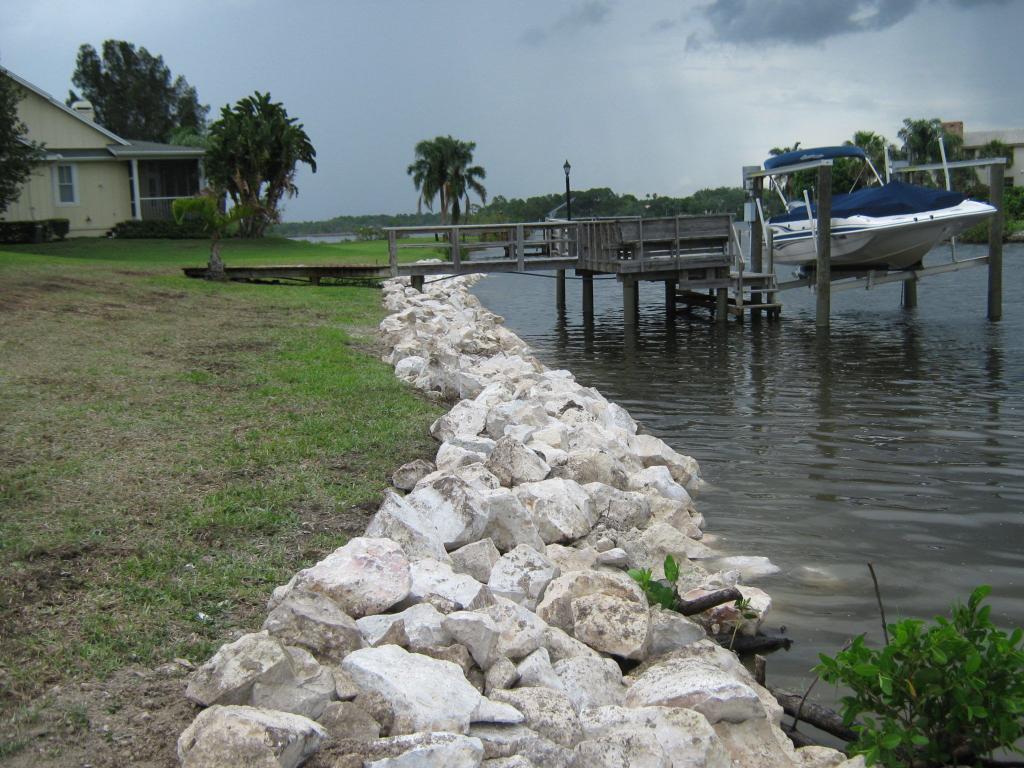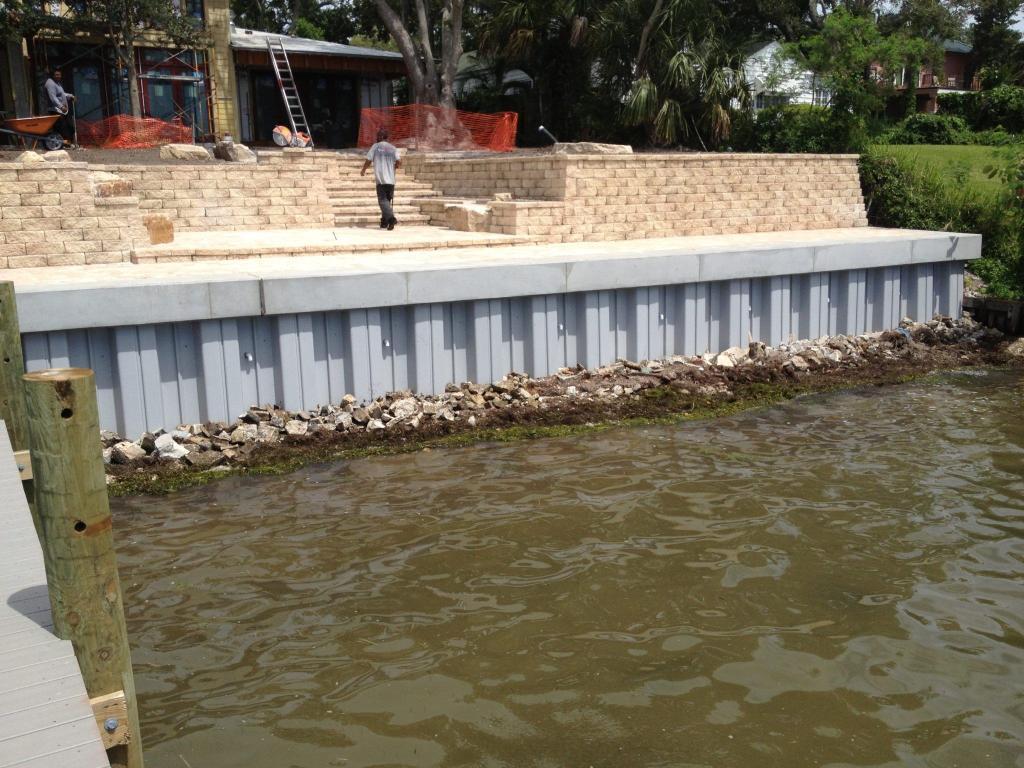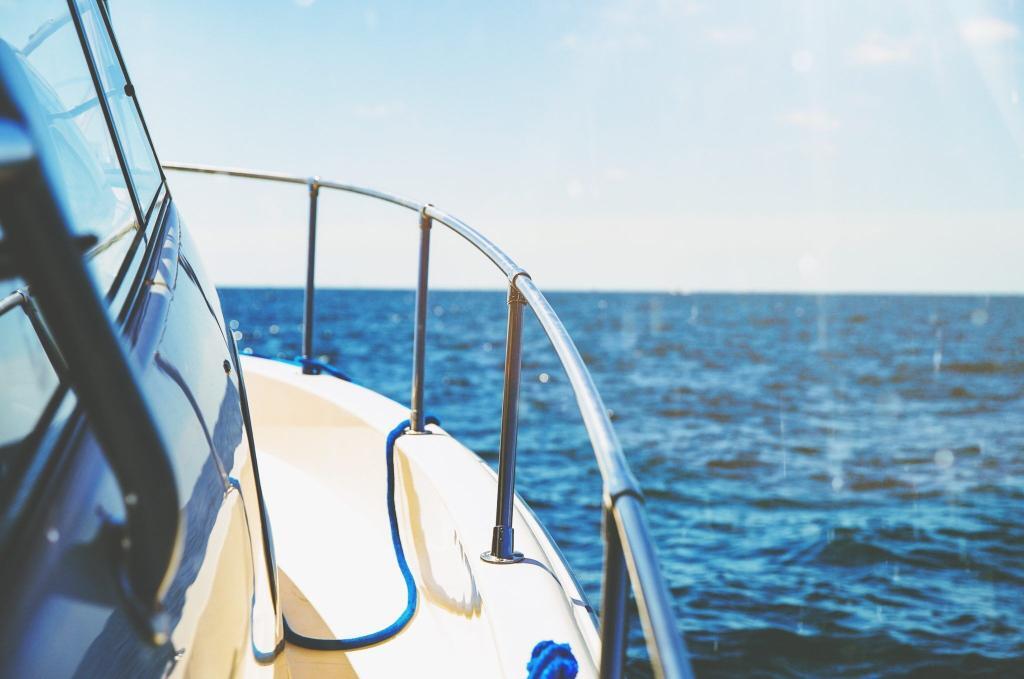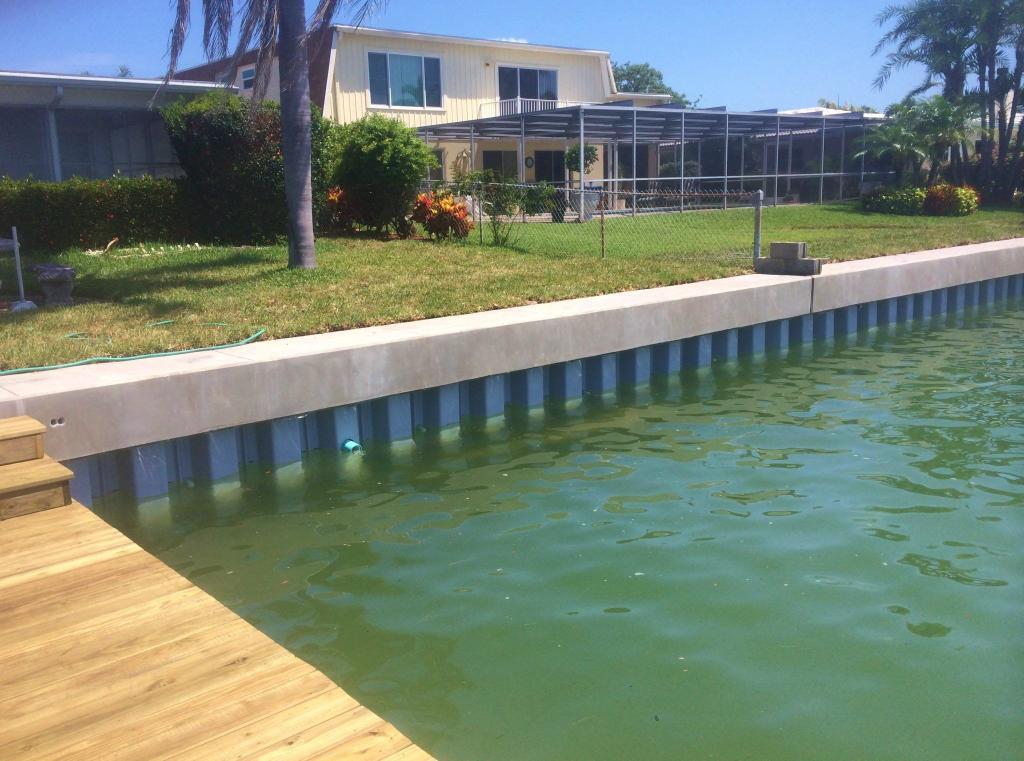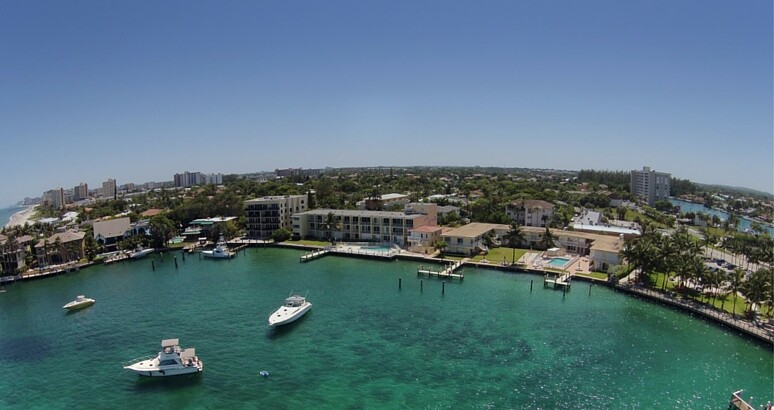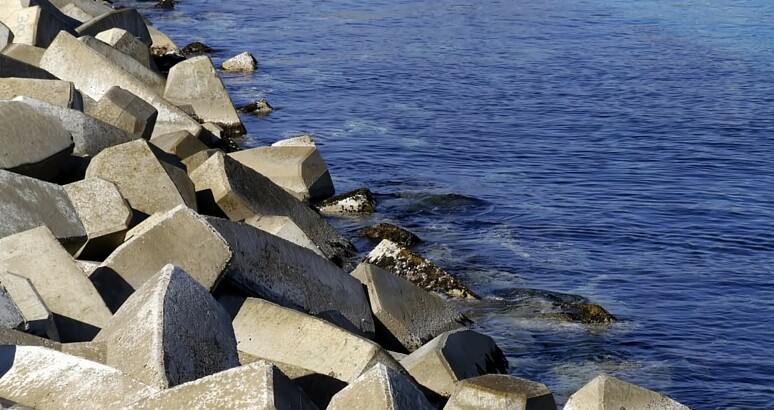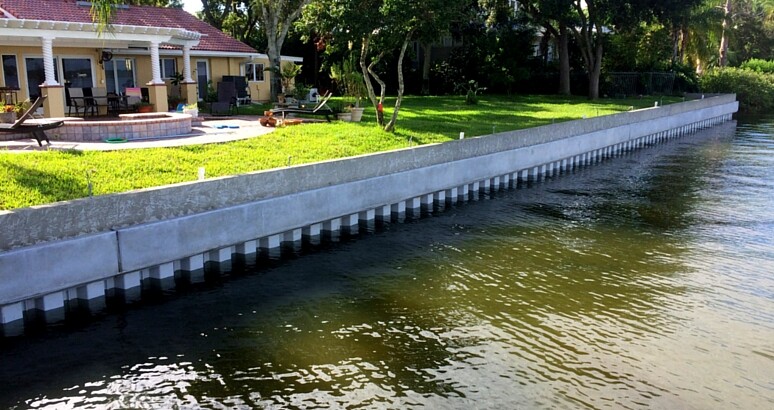The Importance of Being Preventative vs. Reactive
When it comes to protecting coastal properties and waterfront investments, seawalls play a crucial role. Seawalls are important for preventing erosion, flooding, and other natural forces from causing damage. Waiting until a problem arises before addressing any potential problems can have drastic affects on your costs. In this blog post, we’ll explore why being preventative rather than reactive in seawall repairs and replacements is essential for ensuring the longevity and security of your waterfront property.
